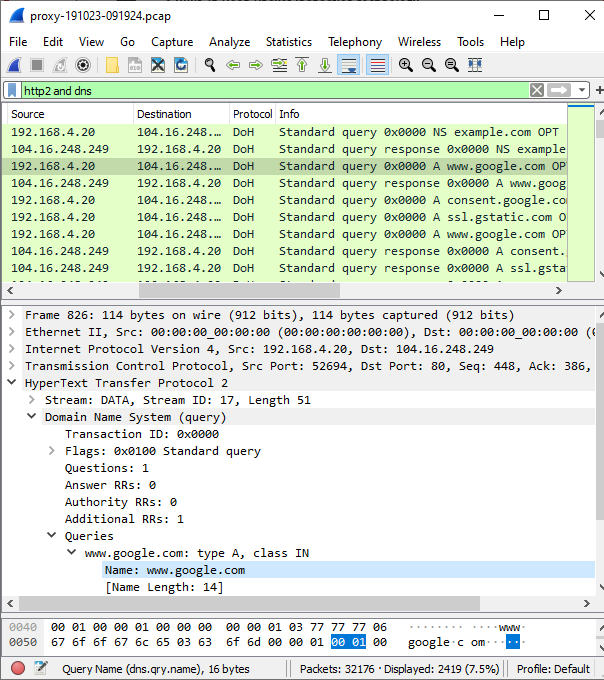


To force a cipher suite that is based on RSA for the exchange of the pre-master secret, I use options –tls-max 1.2 and –ciphers AES256-SHA. In a first test, I set SSLKEYLOGFILE=secrets-1.txt and issue exactly the same curl command as in part 1:Ĭurl.exe –verbose –insecure –tls-max 1.2 –ciphers AES256-SHA –dump-header 01.headers –output 01.data –trace 01.trace –trace-time This data can be used to decrypt the TLS stream. When this environment variable is set, a compatible TLS client will write data in the text file pointed to by SSLKEYLOGFILE. We do this by setting environment variable SSLKEYLOGFILE and subsequently launching our client (Chrome, Firefox, curl, …, but not Internet Explorer). In this blog post, we will use the client to get the necessary information to decrypt TLS streams. In blog post “ Decrypting TLS Streams With Wireshark: Part 1“, I explain how to decrypt TLS streams with a specific type of encryption (pre-master secret exchanged via RSA) using the web server’s private key.


 0 kommentar(er)
0 kommentar(er)
